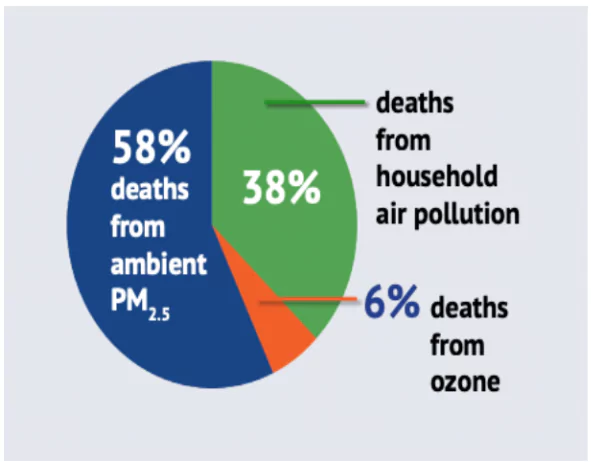![]() 21 Jun 2024
21 Jun 2024
Recently fifth edition of the State of Global Air (SoGA) report presents a comprehensive analysis of data for air quality and health impacts for countries around the world in 2021
State of Global Air Initiative
State of Global Air (SoGA) report
|
|---|
 Of the total deaths, noncommunicable diseases including heart disease, stroke, diabetes, lung cancer, and chronic obstructive pulmonary disease (COPD) account for nearly 90% of the disease burden from air pollution.
Of the total deaths, noncommunicable diseases including heart disease, stroke, diabetes, lung cancer, and chronic obstructive pulmonary disease (COPD) account for nearly 90% of the disease burden from air pollution. AirPollution and Climate Change
AirPollution and Climate Change
 NO2 : For the first time, this year’s report includes exposure levels and related health effects of nitrogen dioxide (NO2), including the impact of NO2 exposures on the development of childhood asthma.
NO2 : For the first time, this year’s report includes exposure levels and related health effects of nitrogen dioxide (NO2), including the impact of NO2 exposures on the development of childhood asthma.
<div class="new-fform">
</div>